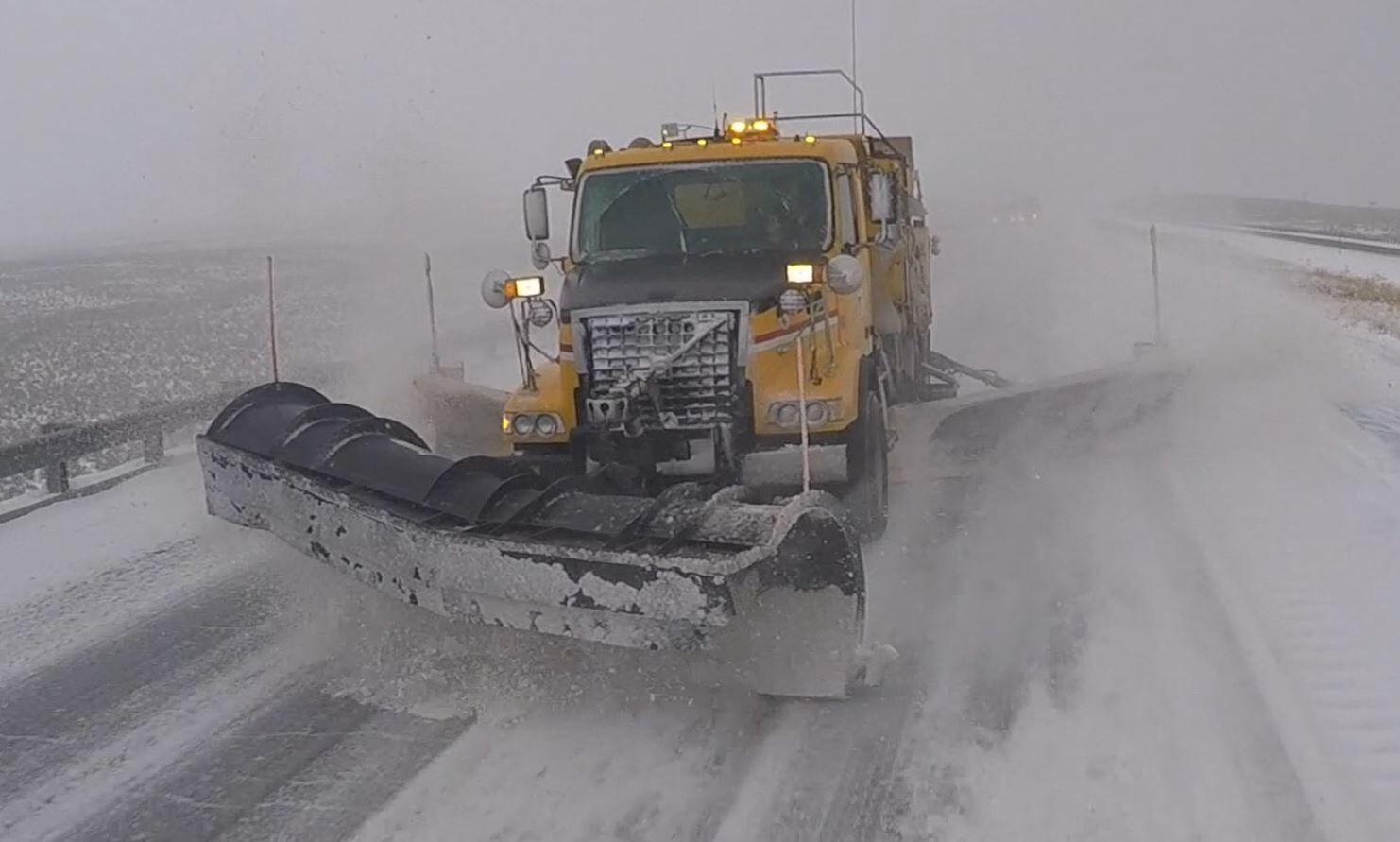Symbolism and some substance
Published 12:30 pm Wednesday, March 14, 2018
There are multiple ways Baker High School students could honor the victims of the Feb. 14 shooting at a Florida high school and advocate for more stringent gun control laws.
Trending
This morning some BHS students planned to achieve those goals by leaving their classes at 10 a.m. and gathering at the school’s track for 17 minutes. Similar demonstrations were scheduled at the same time at schools across the nation.
Generally speaking, we would rather students spend as much time as possible in the classroom.
But it seems to us a specious argument to claim that missing 17 minutes of instruction could have any meaningful effect on the academic progress of those students who choose to participate.
Trending
Certainly those students could have gathered after school hours, or on a weekend, to show their solidarity and express their concerns about school safety.
And although we tend to favor substantive measures over symbolic ones, we recognize that in some cases the symbolism of an action can strengthen the underlying message. There is a powerful symbolism, in the wake of Parkland and Sandy Hook and the rest of the depressing litany, in empty seats in school classrooms; fortunately, the seats at BHS will be unoccupied only temporarily.
We also understand that high school students not only don’t make laws, but in most cases they aren’t eligible to vote for the people who do. Lacking the ability to participate more directly in the lawmaking process, students have to choose other ways to express themselves. A peaceful and brief demonstration is an appropriate way to do so.
Some critics of today’s school walkouts have suggested that students could make more tangible accomplishments by, for instance, trying to help classmates who are struggling and who might be susceptible to the mental health issues that are common among mass shooters.
Of course this is an excellent idea, and something we endorse for all students, whether or not they participate in today’s demonstration.
But we don’t believe this is a situation in which only one approach is worthwhile or effective.
Ultimately, we hope this experience encourages students who have exercised their constitutional right to express themselves to also take advantage of privileges afforded to law-abiding citizens, including voting.
In just two of the past 10 presidential elections did more than half of Americans aged 18-29 vote; and in those elections the turnout among that age group was only a slight majority — 51.1 percent in 2008 and 52.0 percent in 1992, according to the U.S. Census Bureau. The turnout for the past two elections was 46.1 percent in 2016 and 45.0 percent in 2012.
From the Baker City Herald editorial board. The board consists of editor Jayson Jacoby and reporter Chris Collins.









